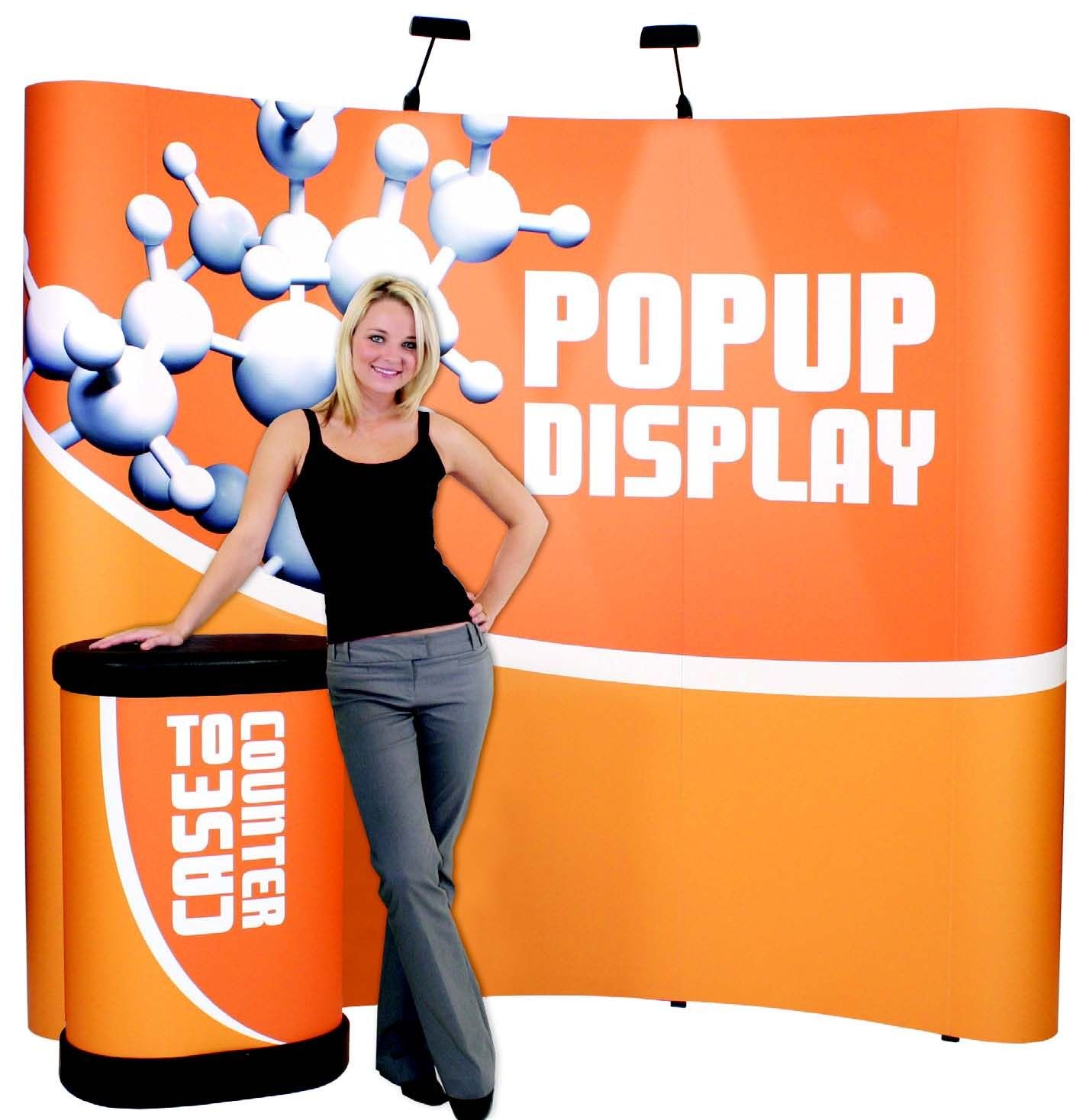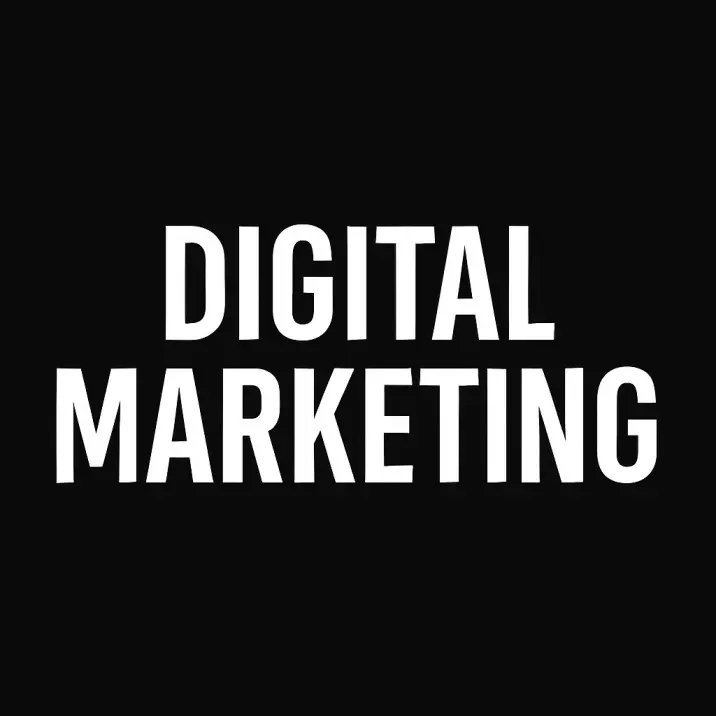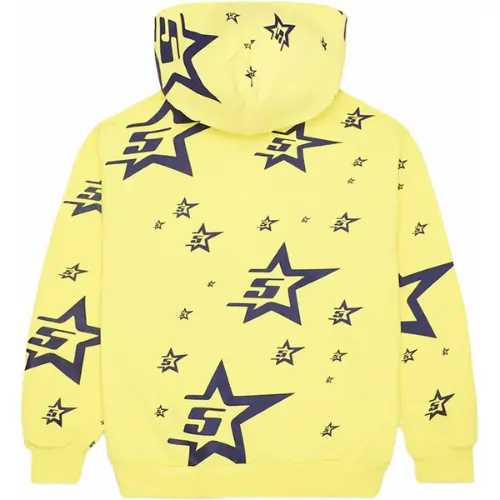Pop-up banners often get a bad reputation, but when used strategically, they’re one of the most effective tools in digital marketing. Whether you want to drive conversions, grow your email list, or engage website visitors, pop-ups provide businesses with a direct and visually striking way to deliver their message.
This guide will show you how to implement pop-up banners effectively, ensuring they grab attention without annoying your audience. You’ll also learn about different types of pop-up banners, the best practices for creating them, and how to strategically use them at various points of your sales funnel.
If you’re ready to unlock the potential of pop-ups, stick around till the end for actionable tips and examples that can boost your marketing game.
What Are Pop-Up Banners?
Pop-Up Banners are temporary advertisements or messages that appear on a website, typically overlaid on the main content. These banners can include promotional offers, signup forms, reminders, or custom messages aimed at engaging website visitors.
They’re versatile marketing tools and come in different formats depending on your messaging goals. Here are examples of what pop-up banners can achieve:
- Promoting Discounts or Offers like “Get 20% off your first order.”
- Encouraging Email Signups, especially for newsletters or lead magnets.
- Highlighting New Products or announcements.
- Exit-Intent Offers or Cart Recovery Pop-Ups for users leaving your website.
When done thoughtfully, these small interruptions create significant value for businesses—whether that’s through data collection, lead generation, or increasing conversions.
The Role of Pop-Up Banners in Web Design
It’s important to understand that pop-up banners, despite their benefits, work best when designed with the user experience in mind. Poorly timed or irrelevant pop-ups can frustrate visitors and lead to them leaving your website altogether. Successful pop-ups strike a balance between delivering your message and respecting your user’s time. you can visit this web site
Types of Pop-Up Banners
Not all pop-ups are created equal. Understanding the right type for your goals can make or break your campaign. Here’s a breakdown of some common pop-up banners you can use:
1. Entry Pop-Ups
These banners appear as soon as a visitor lands on your website. They are most effective when offering discounts or promoting limited-time deals. Pro tip: Add a delay of a few seconds to prevent instant dismissals.
2. Exit-Intent Pop-Ups
These banners appear when a user’s cursor moves toward the “close tab” button. They’re often used for last-chance discounts or cart abandonment reminders.
3. Scroll-Triggered Pop-Ups
Triggered when a user scrolls a specific percentage of the page, these pop-ups are subtle yet effective because they target users engaged with your content.
4. Timed Pop-Ups
These banners appear after a set amount of time on the website, striking when visitors are already invested in your content.
5. Click-Activated Pop-Ups
Instead of interrupting users, these pop-ups are triggered when a visitor clicks a specific button or link (e.g., “Learn More” or “Download E-Book”).
6. Floating Bar Pop-Ups
These are less intrusive as they appear as banners at the top or bottom of the screen, maintaining visibility while not blocking content.
Why Pop-Up Banners Are a Must for Online Marketing
Here are some of the biggest advantages pop-up banners bring to your marketing strategy:
1. Increase Conversion Rates
Pop-up banners shine when it comes to driving conversions. By presenting an irresistible offer or call-to-action, you can turn casual visitors into loyal subscribers or customers.
2. Boost Email Signup Rates
Including a lead magnet, like a free e-book or discount code, in your pop-ups can significantly grow your email list. Pop-ups remain one of the simplest and fastest ways to collect email addresses.
3. Promote New Products/Content
Launching something new? Pop-ups make sure your visitors don’t miss it, especially if they only browse your homepage.
4. Rescue Abandoned Carts
Exit-intent pop-ups specifically target users about to leave without making a purchase. By offering an incentive—like free shipping—they encourage customers to complete the checkout process.
5. Serve Hyper-Targeted Ads
Modern pop-up tools allow for personalization, meaning you can create custom messages based on user location, behavior, and preferences. Personalized pop-ups have shown higher engagement rates.
Best Practices for Effective Pop-Up Banners
1. Keep the Design Clean and On-Brand
A messy or overly flashy design will repel users. Your design should align with your brand identity and feel like a natural extension of your website.
2. Time It Right
Don’t bombard users with pop-ups the moment they enter your site. Instead, wait until they’ve had time to explore before presenting one.
3. Include a Clear Call-to-Action (CTA)
Your pop-up needs a single, focused CTA that encourages users to take immediate action. Examples include “Sign Up,” “Get This Deal,” or “Shop Now.”
4. Use Exit-Intent Technology Wisely
Instead of aggressively trying to retain visitors, offer value in exit-intent pop-ups, such as discounts or loyalty signups.
5. Offer Value
Ensure your pop-up delivers something of genuine benefit to your audience. Whether it’s a discount, free download, or exclusive content, creating value increases the success of your campaigns.
6. Optimize for Mobile Devices
Since Google penalizes intrusive pop-ups on mobile, ensure your banners are responsive, non-obtrusive, and easy to close.
How to Optimize Pop-Up Banners for SEO
SEO and user experience go hand in hand. While pop-ups can improve conversions, poorly executed banners can negatively impact your website’s search rankings. Here are some tips for SEO-friendly pop-up banners:
- Avoid Intrusive Interstitials: Ensure that pop-ups don’t block access to your site’s primary content.
- Use Delayed or Scroll-Based Pop-Ups: These ensure users engage with your page content before interacting with the banner.
- Optimize Loading Speed: A slow pop-up can harm both conversions and search rankings.
- Respect Google’s Mobile Guidelines: Adhere to policies that penalize pop-ups on mobile devices to avoid ranking drops.
Real-Life Example of Pop-Up Banners Done Right
One brand getting pop-ups right is a sustainable skincare company. They use scroll-triggered banners on their blog to offer a discount on eco-friendly products. The pop-ups are well-timed and don’t feel pushy.
Another example? An online clothing retailer that offers exit-intent pop-ups featuring free shipping for first-time customers just as they’re about to leave. This tactic has significantly improved their abandoned cart recovery rate.
Take Your Marketing to the Next Level
Pop-Up Banners, when used strategically, can elevate your website’s user experience, drive valuable conversions, and engage audiences at the perfect moment. The key is to balance creativity with usability.
With careful implementation and consistent optimization, pop-ups can become one of the most valuable tools in your marketing toolbox. Now that you know how to make pop-up banners work for you, it’s time to take the next step!












Leave a Reply